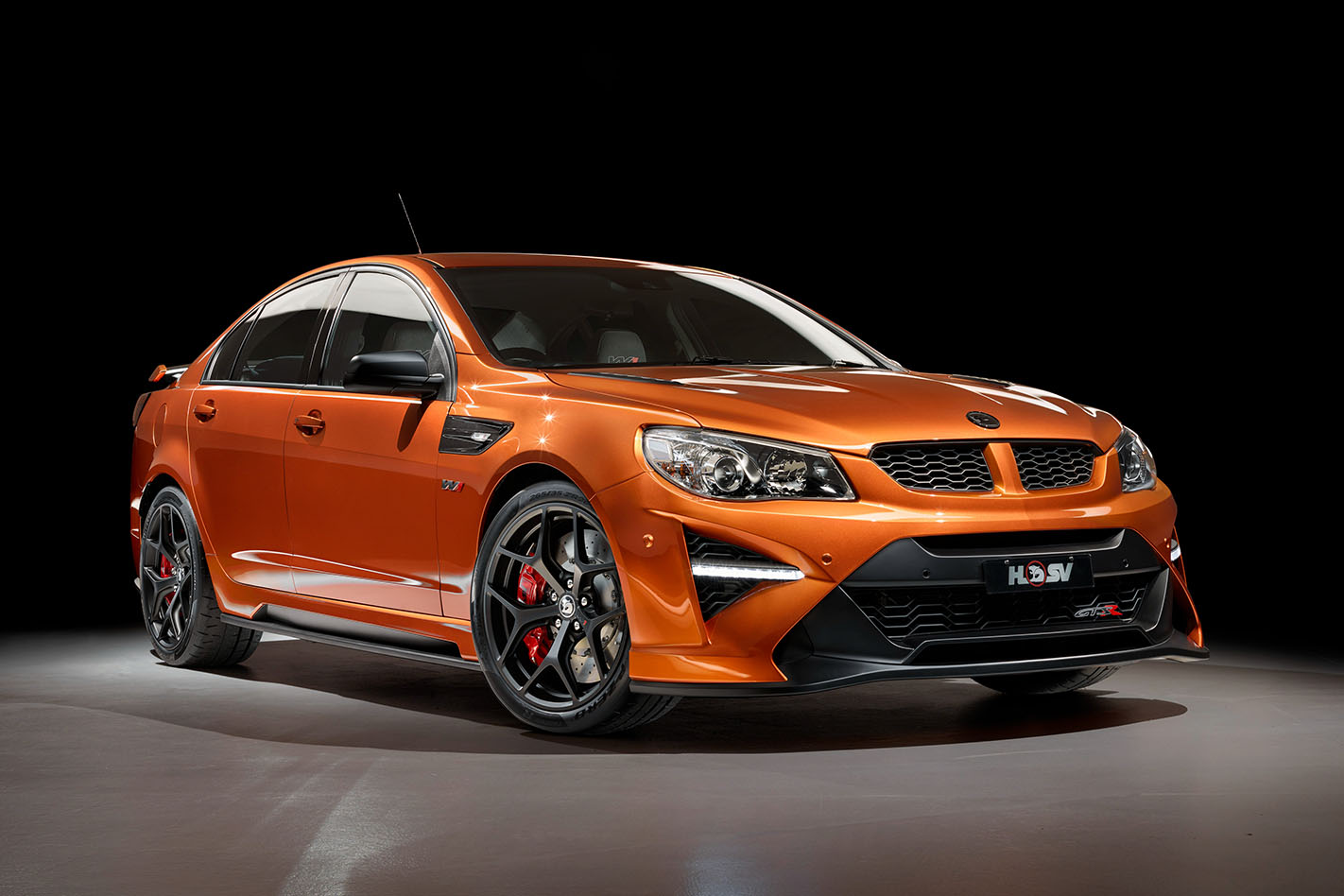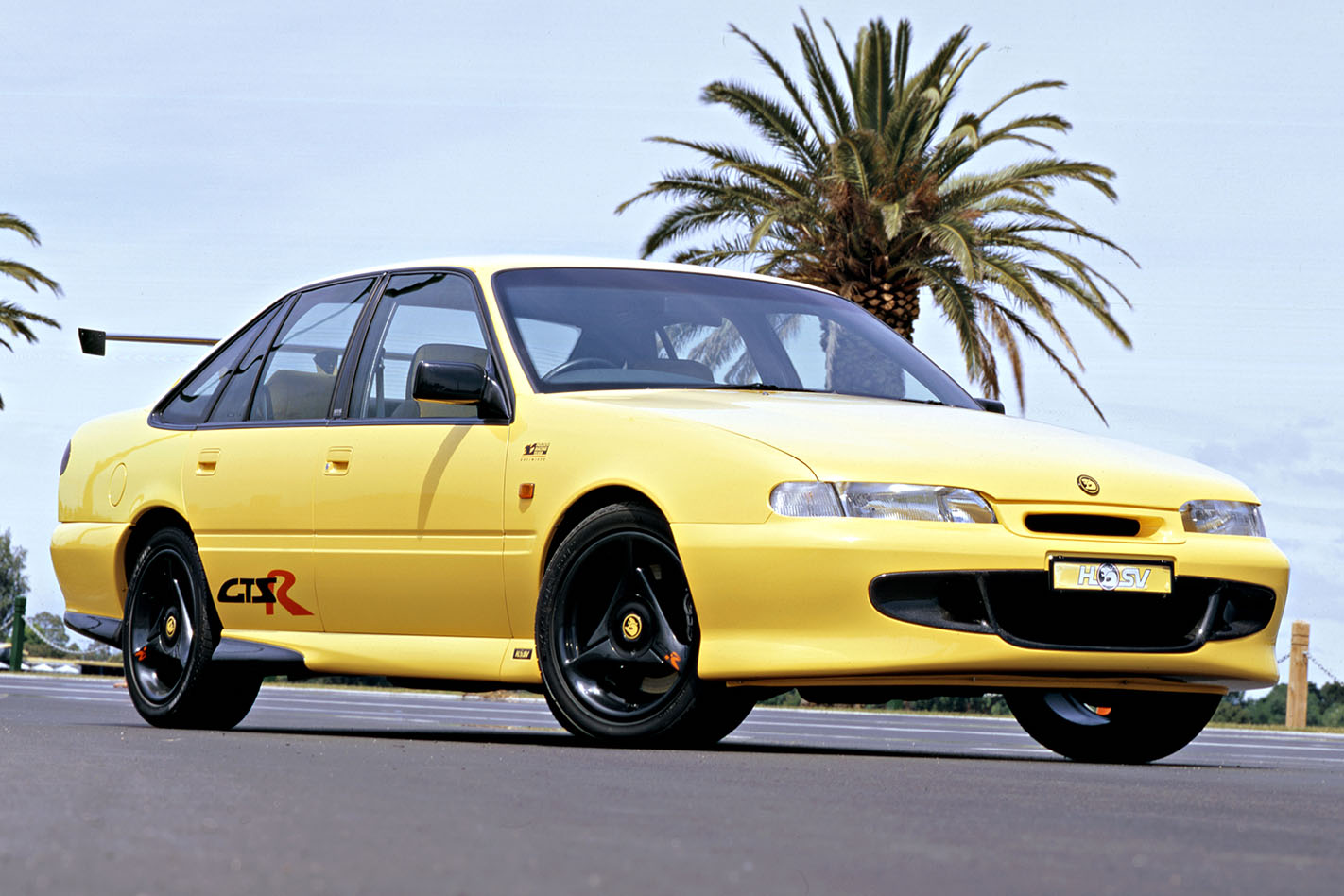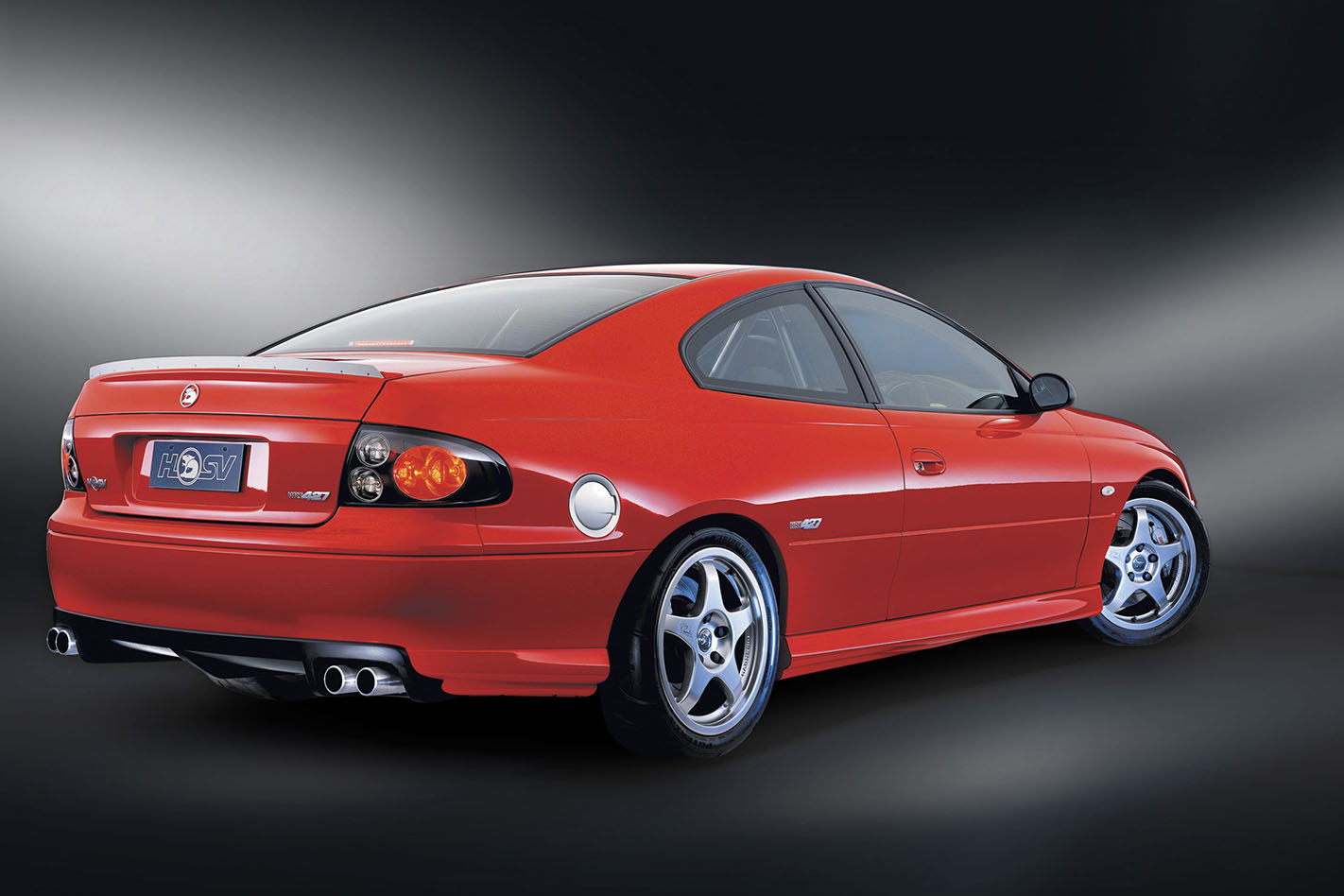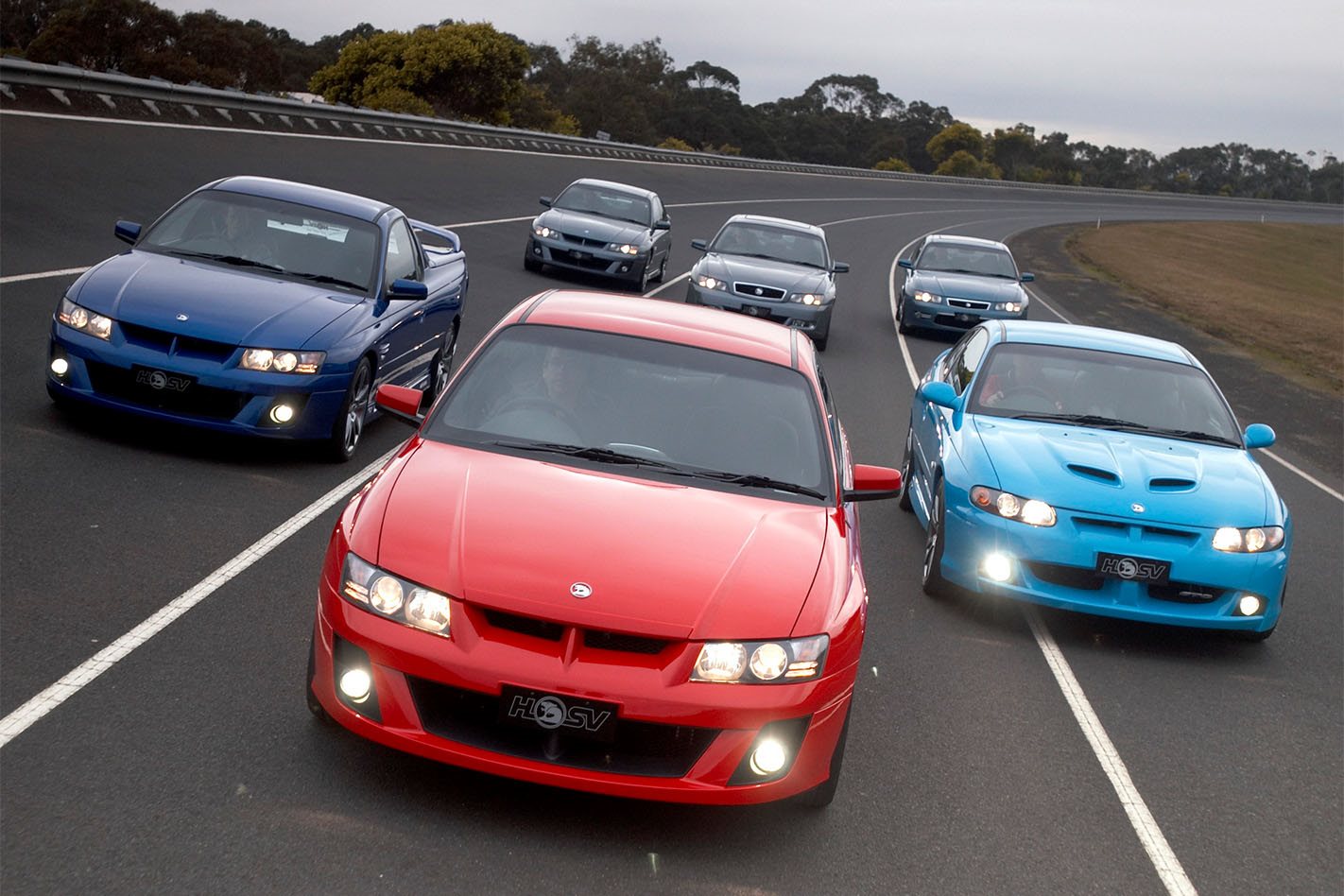It hasn’t quite sunk in yet, but Holden Special Vehicles is, for all intents and purposes, about to shuffle off its mortal coil.
Sure, the people behind HSV will continue to showcase their world-class engineering skills under a new name, but there will be no more cars rolling out of Clayton with the iconic lion badge stuck on the boot. And that’s a damn shame.
It was inevitable really. With the death of the Holden brand, HSV’s lifespan was carved into stone. An end was imminent.

In the 33 years since its inception in 1987, HSV has pumped out V8 powered monsters that Aussies have be proud to put in their driveways. On rare occasions, they even escaped our shores and wooed enthusiasts in Europe and America.
Top Gear presenter and the king of drift Chris Harris gave HSV his seal of approval following a very sideways day in a Maloo GTS in 2014.
“This thing is hilarious,” he yelled after throwing the supercharged ute into a long smokey drift. One of many from the day’s antics.
“I’m gutted it could be the last proper HSV,” he remarked once filming had concluded. “It’s such a cool brand and I’ve had a great, fun time in it.”

HSV punched well above its weight, with Australia’s answer to Mercedes-Benz’s AMG and BMW’s M Division taking the fight to those German performance brands and holding its own.
It wouldn’t be hard to argue that some of the most appealing (to Aussies, at any rate) sports sedans ever built originated in Clayton.
Founded 1987, HSV was established as a partnership between Holden and Tom Walkinshaw and his eponymous racing team, effectively replacing the Holden Dealer Team (HDT) operation that was so closely associated with Peter Brock.
Genesis for the brand was the Holden VL Commodore SS Group A SV – sometimes known simply as a VL Walkinshaw.

Controversial bodykit aside, the Group A VL was an indicator of the engineering power that was brewing in Melbourne’s outer suburbs – it was the first model to be fitted with a fuel-injected version of Holden’s V8 engine.
To appease Group A racing homologation rules of the time, the car was sold and badged as a Holden.
It wasn’t until later that the first HSV-badged car was produced, the SV88, built as a direct competitor to Peter Brock and HDT’s Director.
The rest, they say, is history.
While Ford bounced between different high-performance partners like Tickford and FPV, Holden and HSV were inseparable, working in harmony to produce a constant stream of fast metal to appease an insatiable and loyal customer base.
Badges like GTS and Maloo are now ingrained in the mind of of Aussie enthusiasts, instantly denoting a potent and exciting level of performance – something feared and begrudgingly respected in equal measure by Blue Oval loyalists.
Sure, HSV produced a few duds along the way (we’re looking at you, Avalanche), but there were more hits than misses.

The Clayton company built a reputation for thinking ahead, taking on ambitious projects like the HRT HSV 427 and W427, both making use of giant 7.0-litre V8 engines.
While both of these failed to meet their lofty potential, they speak to HSV’s desire to always up the ante, and push the limit a little further.
With the writing on the wall, and the well of Commodore-based products that had formed the backbone of the company running dry, HSV has been forced to change and adapt.
It’s only thanks to HSV’s engineering prowess that Chevrolet Camaro was able to be offered to Australian enthusiasts.
With a transition to GMSV all but confirmed, the story of HSV has come to an end, and a new chapter is beginning.
Let’s hope it continues that same full-throttle spirit that we know and love.






